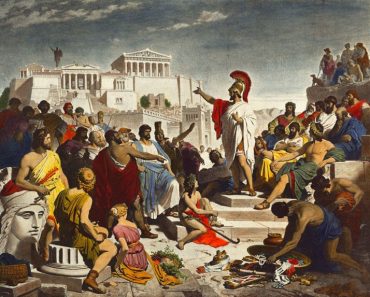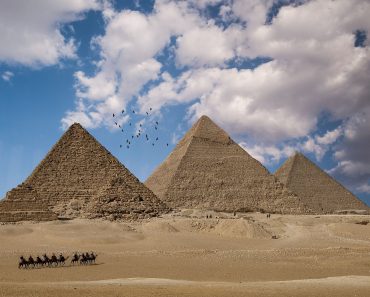The remarkable mosaic of Alexander the Great, originally unearthed in Pompeii, has been the subject of a groundbreaking study, revealing that its approximately 2 million pieces were sourced from regions far beyond Alexander’s ancient realm.
This iconic mosaic, found buried in Pompeii after Mount Vesuvius erupted in A.D. 79, was discovered in 1831 in the luxurious House of the Faun and now resides at the National Archaeological Museum of Naples.
Dubbed “the most important mosaic of the Roman age,” it depicts Alexander the Great and his Macedonian army defeating Persian King Darius III. The solitary tree in the background hints at the Battle of Issus in 333 B.C., near the present-day Turkish-Syrian border. Historical texts, such as those by Marco Polo, have referred to this conflict as the “battle of the dry tree.”
In 2020, researchers embarked on a noninvasive restoration project, discovering that the tesserae were composed of ten distinct colors, each artfully blended to create the stunning visual effects for which the mosaic is renowned. The colors ranged from white and brown to pink and vitreous, each demonstrating unique micro-textures.
The artisans meticulously crafted Alexander’s face using a complex mix of pink tesserae, highlighting the luminescence variations likely due to differing chemical compositions. This perhaps makes it one of the most famous and recognizable representations of Alexander in ancient art.
Scientific analysis traced the origins of the tesserae to Roman-era quarries. White pieces were linked to the Marmor Lunensis from the Apuan Alps in Italy, mined in the 1st century BCE. Additionally, pink pieces may hail from Portugal, yellow blocks from present-day Tunisia’s ancient city of Simitthus, and dark red fragments from Greece’s Cape Matapan.
The study also uncovered traces of natural wax and gypsum, likely applied as protection during modern restorations. An endoscopic examination of the mosaic’s reverse side revealed “many empty portions,” suggesting areas possibly overlooked by gypsum-based reinforcement during its relocation. These findings are crucial for guiding future preservation efforts.







